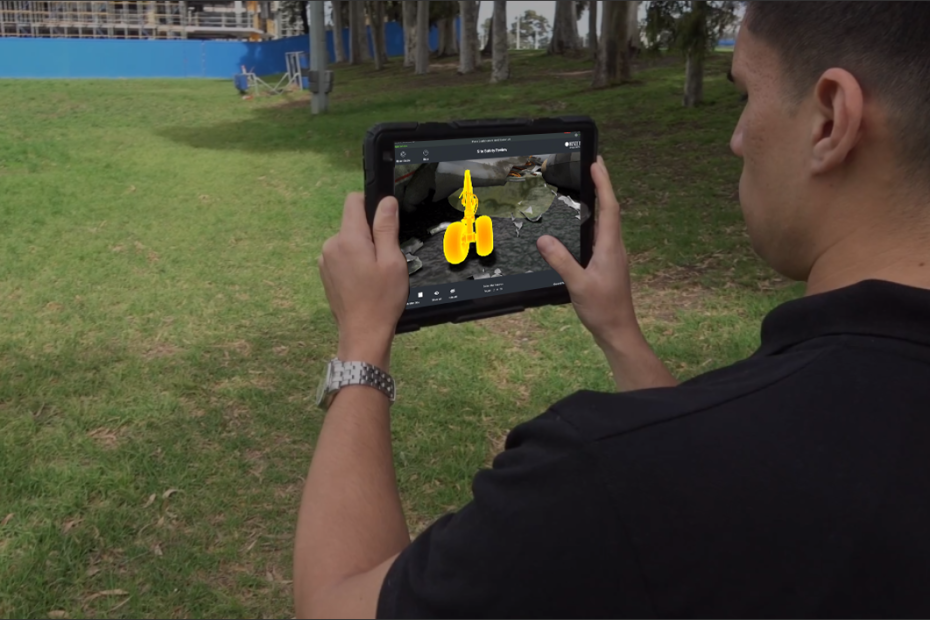The COVID-19 pandemic has had a significant impact on the aviation and aerospace industry and the work of many aspiring industry professionals. However, these challenging times have created opportunity for innovation, multidisciplinary collaboration and the re-alignment of the skills of aviation and aerospace professionals to new contexts.
In the recording from this recent webinar hosted by Aviation/Aerospace Australia, you can learn how the Australian Transport Safety Bureau (ATSB) & RMIT University, partnered with LEAP, used Augmented Reality to deliver a world-leading training program during 2020 despite the obvious challenges & disruptions from COVID-19 pandemic lockdowns. The videos below describe how ATSB Transport Safety course participants were able to use a clever mix of Augmented Reality & other technologies, and include feedback from the students on how the use of AR enhanced their learning experience.
Whilst COVID-19 has challenged the way we work, undoubtedly some innovations and changes will become more permanent. In the final part of the webinar, Paul O’Shaughnessy from LEAP also describes other ways AR has been used in innovative ways across RMIT University and describes examples of how it will be employed in the aviation industry in future.
Industry Speakers for this webinar were:
- Colin McNamara | COO and General Manager, Strategic Capability at the Australian Transport Safety Bureau (ATSB)
- Associate Professor Nic Connelly, MRAeS, MEng | Acting Assistant Associate Dean, Aerospace Engineering and Aviation, School of Engineering at RMIT University
- Paul O’Shaughnessy | PTC Business Manager, LEAP Australia
In the first video, we begin with an introduction by Colin McNamara, Chief Operating Officer of the Australian Transport Safety Bureau (ATSB) – the national transport safety investigation body who is responsible for investigating all aviation and marine accidents. Colin describes the importance of emerging technologies in their investigator’s practices, plus an overview of ATSB’s involvement in the RMIT Transport Safety Investigation course and the challenges they faced with RMIT in delivering the course last year during COVID-19 lockdowns:
In Part 2, Prof. Nic Connelly from RMIT University describes the advantages that RMIT found in using AR to provide interactive course content for their remote students to independently complete the hazards identification checklist (with the AR providing an immersive representation of an aircraft crash site). She describes in detail the AR content that was created, as well as *how* the project team actually created the AR experience for use in the Transport Safety course using Vuforia Studio. Nic also shares videos of a live demonstration of the AR experience itself, plus feedback from both the course instructors and course participants:
In Part 3, Paul O’Shaughnessy from LEAP provides a deeper dive on AR technology, describing the many different use cases for AR in general, and how PTC offers different AR authoring software tailored to specific requirements of these different scenarios. Paul also describes other ways in which AR has been utilised at RMIT University for both teaching and research applications:
We hope that you enjoyed learning about how this collaboration between RMIT, ATSB and LEAP delivered an innovative and effective AR experience for use in their 2020 course in Transport Safety Investigation – and from this, we’re sure you can now imagine many other uses cases in both industry and academia that might benefit greatly by employing AR technology. You can learn more and get in touch with your local LEAP office via our AR webpage.

